Underground Greens: A Farm Grows in Rome –
Christina Carambia comes from a long line of gardeners that goes at least as far back as her great-grandmother. When her mother gardened, she would take little Christina into the yard, put her down on between two chairs, and shade her with a blanket she put over them.
Always a gardener herself, Christina now is going into farming – starting in the middle of Rome, New York. That’s where the old Rod Mill plant sits on the northern bank of the Erie Canal, a huge, hulking building with concrete walls so thick it’s always at least 45 degrees in the basement, even during the coldest part of the winter. You can grow greens, lettuce, broccoli, and swiss chard all winter without heat, and other produce, like cucumbers, can be grown with a little supplemental heat. Christina knows because she’s done it for two winters in what she calls the “R&D center” she’s built in the basement.
Christina wants to install eight levels of racks in this cavernous 40,000-square-foot space and thereby create eight acres of prime farmland right there by the Erie Canal. She’ll import her organic soil from a 70-acre property on Lake Ontario that’s been in the family for more than 60 years.
“Underground Greens” is the very apt name that Christina has given her company. A recent graduate of Mohawk Valley Community College, she has won the top prize for sustainability in the regional New York Business Plan Competition and gone on to take third in the state competition. She was amazed this year by the interest her project has generated, and deservedly so.
The City of Rome is behind her, starting at the top with Mayor Jackie Izzo. Working in her “vertical farm,” Christina envisions 40 Romans, each assigned to maintaining 1,000 square feet of vegetables.
“This is what we need if we’re going to get people back to work here in Upstate New York. These are not high-end, highly skilled jobs, but that doesn’t mean they aren’t worthy of this community.”
“I’d like to be able to give jobs to local people like myself, to single moms like myself who can work from 9 in the morning after they drop off their kids at school until 3 in the afternoon,” Christina continues. “So many single moms and dads are coming up to me and telling me they want to be a part of this. Since many features of indoor farming can be automated – such as watering and temperature control — I can offer a flexible work schedule.”
The conventional wisdom is that you can only create jobs with massive state investments and subsidies directed toward attracting big corporations. Christina’s venture shows that a more effective way to create jobs is to encourage people to bring their ideas for new companies to the market and test them. Even in the strongest innovation economy, a number of these new companies will fail, but many will make it and go on to thrive. Those that fail will end up starting other companies.
Christina is working on the project with support from Alex Stoy, whose development company, Echo Beach Industries, owns the Rod Mill Building. Stoy wants to transform the rest of the building into a full-service incubator space for new ventures of all kinds. “Copper City Square” is the name they’ve come up with for it.
“Even at just $4 per square foot, we’ll cover all of our expenses,” he says.
Christina is now building a 5,000 square foot demo space to show prospective investors how, by filling out the space, she ultimately can build an $8 million company in the midst of an industrial site that the City of Rome is developing into a new waterfront park that will include a Navigation Center with restrooms, free wi-fi, laundry facilities, and picnic tables. A boat launch and dock have already been completed, as well as the main structure of the Navigation Center.
This initial “hub,” Christina projects, will generate $200,000 in annual revenues. She seeks an investor to provide the initial $40,000 she needs to install eight levels of racks and lighting and ensure the space meets all applicable codes.
Over the last ten years, more than a million Upstate New York residents have left, voting with their feet. As Christina and Alex are demonstrating, we need to think both big and small, if we’re going to turn around the Upstate New York economy. We need to get successful people tuned in to helping the next generation. And we need to get the right people in the room to collaborate and help people like Christina Carambia and Alex Stoy become the great job-creators they have the potential to be.



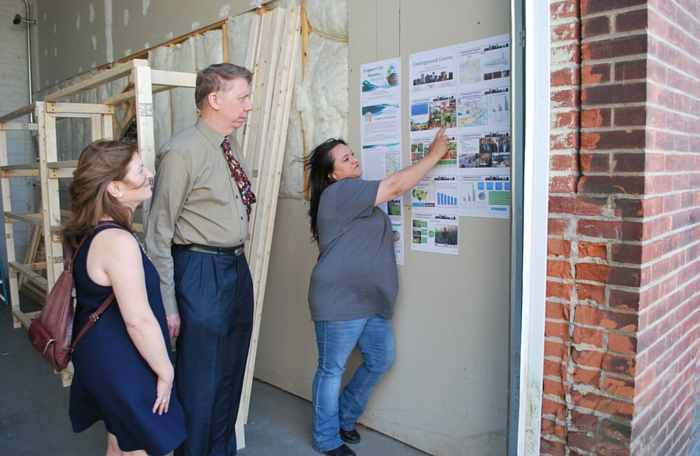
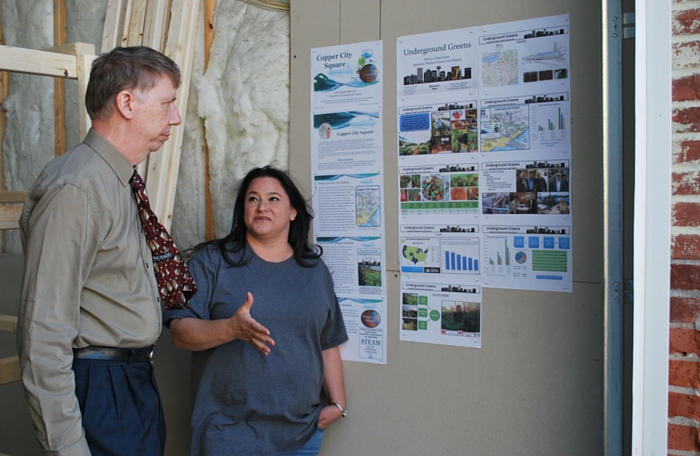


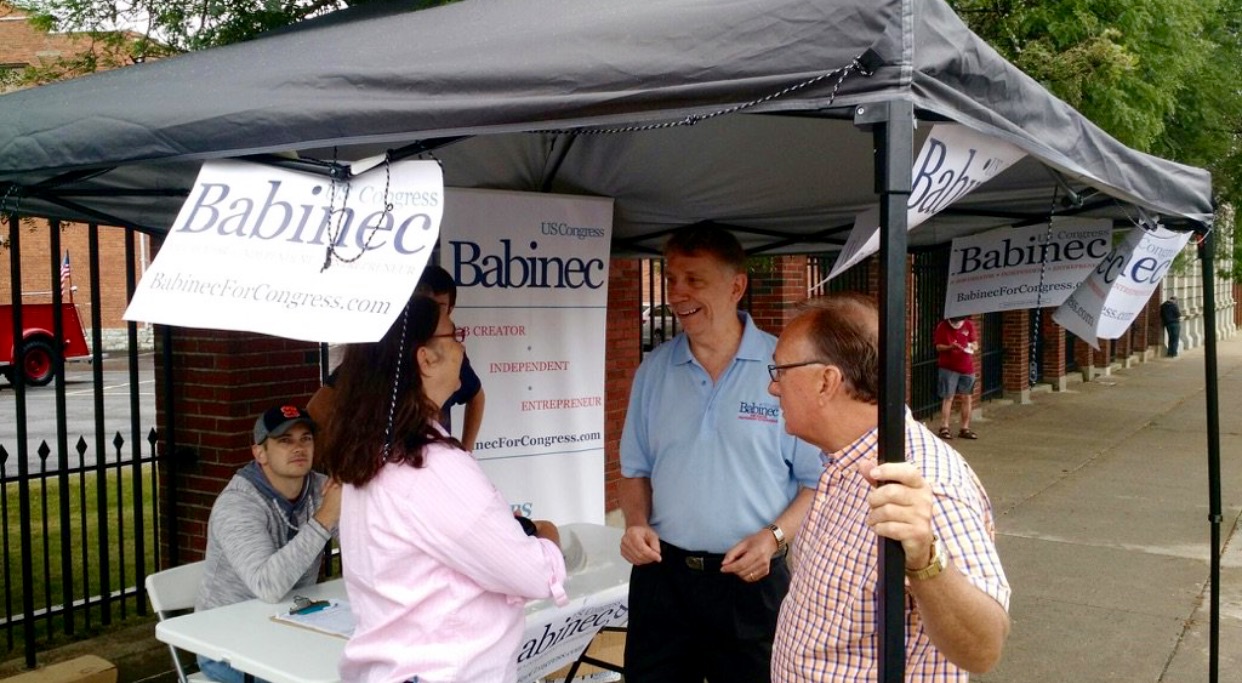
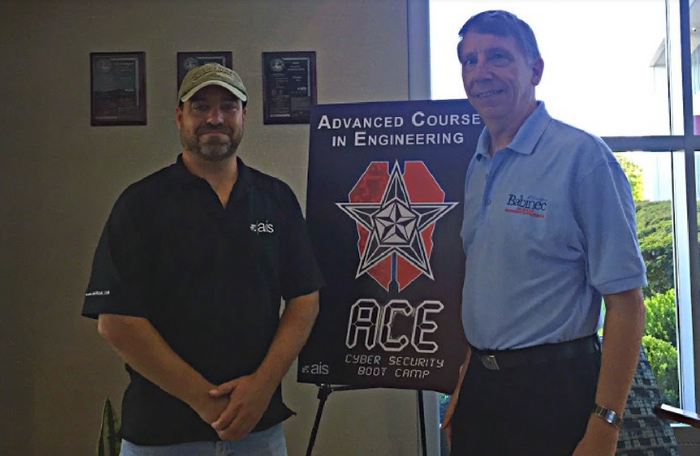

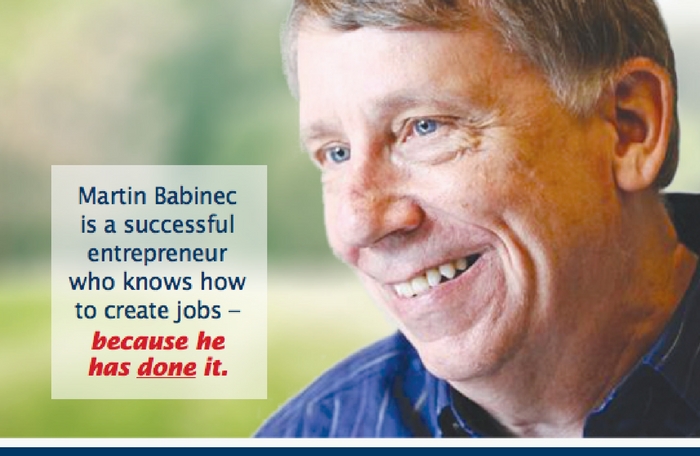
Leave A Comment